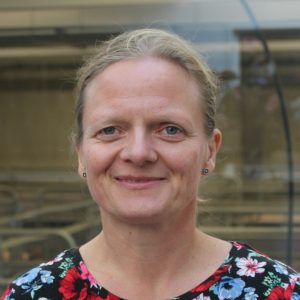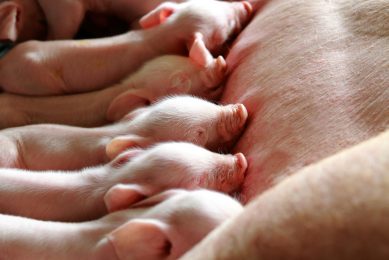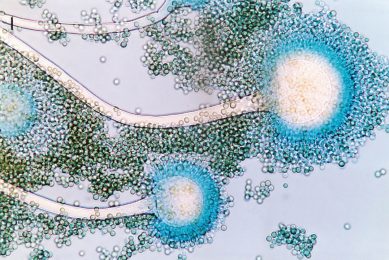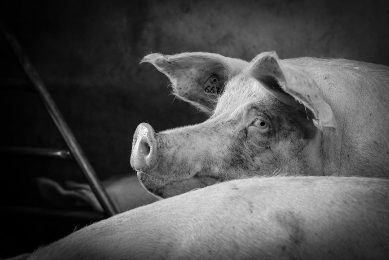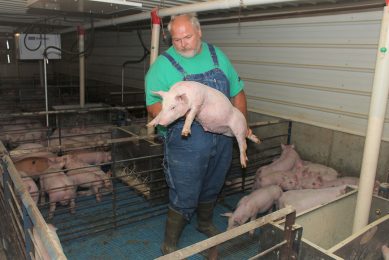Loose housing during lactation – is it competitive?
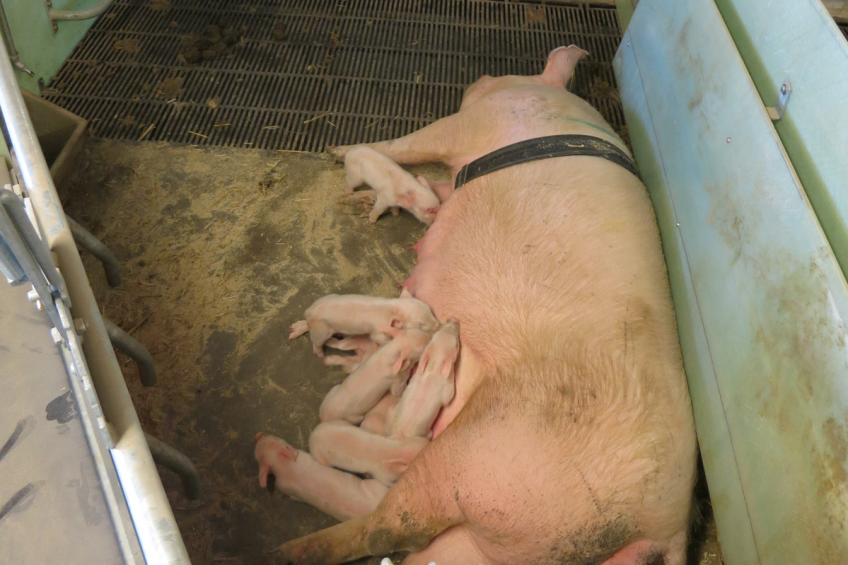
Denmark is usually ahead of the game when it comes down to pig production standards. The latest trend is loosing housing of sows during lactation. Main question is – is it an option for niche production or can it become mainstream?
By Vivi Aarestrup Moustsen1, Janni Hales2 and Christian Fink Hansen2
Many years ago all sows were loose-housed – but for a number of reasons the housing changed to stalls and crates, see also Prof John McGlone’s contribution on page 4 and further. So why consider going back to loose housing?
There are various reasons. One is a growing societal concern, at least in Northern Europe, regarding the way food is produced. This includes how farm animals are being housed. This concern has led to political pressure – and in some or many cases to legislative limitations on production. At the same time, pig production must be competitive. In Denmark, 90-95% of the pork produced is exported, often to countries with less focus on animal welfare. In short, if the introduction of loose housing is to be made into a success, it is vital for the Danish pig industry to make it competitive, i.e. not impeding the current level of pig production.
Compared to well-known farrowing crates, however, loose-housed lactating sows mean an increase in investment and a risk of lower productivity. That is not a good combination when being competitive is what is desired.
At the same time, pig farmers are not ensured premiums for the product. In this ‘chicken and egg situation’, they wonder: why invest? There is limited production because there is not a market willing to pay a premium. On the other hand, there is no market, as there are a limited number of pigs produced in these systems.
It is even a double chicken and egg situation. The limited experience of housing modern highly prolific sows in loose farrowing and lactating systems means that farmers and their sponsors are reluctant to invest large sums of capital in these systems. On the other hand, it is not possible to get experience and knowledge of how to design and manage these systems unless several farms would establish loose farrowing and lactating systems in their sow houses.
Start from scratch
The Danish approach has been to start from scratch. The needs of the sows, the piglets and the staff all needed to be determined. Next, the question was which pen design or designs would to the largest degree meet these needs? The process included a four-year research project involving welfare scientists from the University of Aarhus, the Danish Animal Welfare Society, a number of industry partners producing equipment for pig barns, pig producers and the Danish Pig Research Centre (PRC).
The outcome was a pen design named the Free Farrowing pen (FF-pen), see illustration and pictures.
In FF-pens or modified FF-pens in Denmark, some sows were found to produce at the same high level as can be obtained when using crates, very recent research by Janni Hales and others showed. There was, however, a higher proportion of litters in FF-pens compared to crates where more than two piglets died post litter equalisation.
A previous trial by Vivi Aarestrup Moustsen, published in 2013, showed that the difference in piglet mortality between crates and pens primarily was in the first four days post-farrowing.
The conclusion was, that there is a pen design that has incorporated many of the design recommendations suggested by Baxter and others in 2011 to meet the biological needs of loose-housed farrowing and lactating sows, but yet does not consistently deliver the needed high level of productivity for this way of housing to be competitive.
SWAP
In collaboration with the University of Copenhagen (UCPH), therefore the SWAP-pen was designed. SWAP is short for Sow Welfare And Piglet protection and has the principle, ‘It Starts With A Pen’, meaning that the option to confine the sow in a pen has been incorporated, instead of letting the sow loose in a crate.
So the SWAP-pen is a FF-pen, where the front of the creep serves as a customised swing side (see illustration and photo). The swing side and the sloping wall make it possible to restrict the sow in the first days after farrowing when the risk of crushing is greatest.
The sow is given:
- Freedom of movement;
- Opportunity to build a nest;
- Support in lying-down situations.
The piglets are given:
- Improved udder access;
- Appropriate creep environment;
- Reduced spread of infection between pens.
The staff is ensured:
- Fast and safe inspection of piglets;
- Easy maintenance of good hygiene in the pens;
- Easy provision of nest building materials.
It is very important to ‘start with a pen’, and not open up a crate. A crate is designed for confined sows, but to increase piglet survival it is only needed to confine the sows for a few days, so the pen design should be based on Free Farrowing-designs and then with an option to confine when or if needed.
PhD-project
A collaborative PhD-project between UCPH and PRC will demonstrate the impact of confinement of sows on sow welfare and piglet survival in the first days after farrowing to find a compromise between reduced sow welfare and increased piglet survival. The FF- and SWAP-pens are established in a 1,250 sow unit, where the level of production is investigated and so is the stress level of the sows, when confined for the first four days post-farrowing.
Progress
In Denmark, the number of sows loose-housed indoors during lactation, is now at the same level as the number of organic and free-range sows. Within the next years, loose housing indoors will increase and the industry is aiming for at least 10% of lactating sows be loose-housed in 2021. This has to be driven by market demand however, due to the high investments and the risk of lower productivity. And fortunately, it appears that there is a growing interest in the market for production focusing on animal welfare. Recently McDonalds in the UK moved to 100% Freedom Food labelled pork which accounts for 160 tonnes a week.
One major milestone was reached in October 2013, when the chairmen for Tican, Danish Crown, a number of animal welfare organisations and the Danish Agriculture and Food Council, Pigs agreed upon launching the new Welfare Pig concept. In this scheme, sows and piglets are loose-housed during their entire lives, the pigs are not tail-docked and all pigs have access to straw 24 hours a day, seven days a week. The conclusion is: It is definitely more than a niche – it’s just not mainstream yet.
1Pig Research Centre, Danish Agriculture and Food Council, Copenhagen, Denmark
2HERD – Centre for Herd-oriented Education, Research and Development, Department of Large Animal Sciences, University of Copenhagen, Frederiksberg, Denmark


